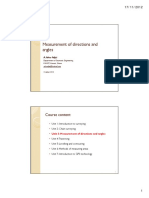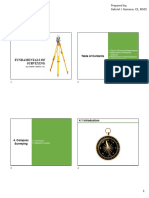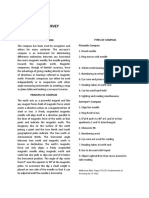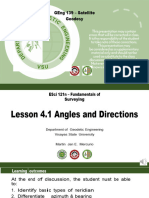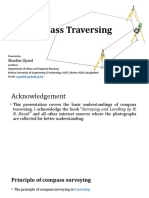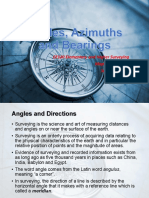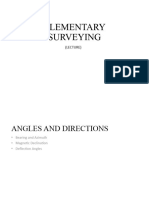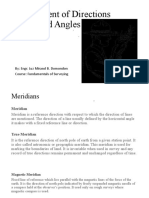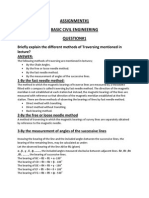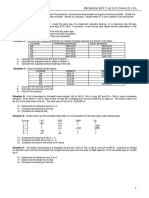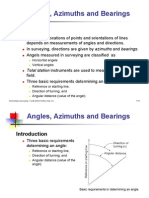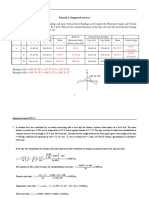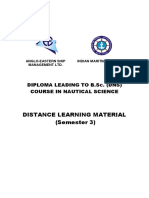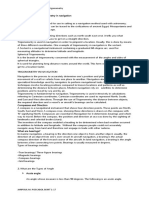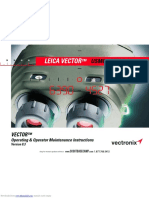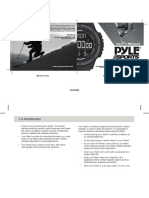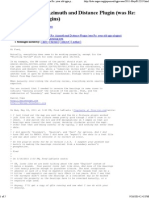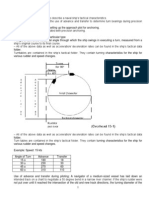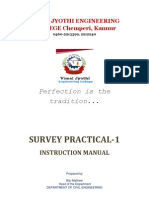0% found this document useful (0 votes)
46 views66 pagesFOS2
The document discusses various types of meridians used in surveying, including true, magnetic, grid, and assumed meridians, and explains how angles and directions are measured in surveying. It covers concepts such as interior and exterior angles, bearings, azimuths, and the importance of magnetic declination in converting between magnetic and true bearings. Additionally, it outlines the process of compass surveying and traversing, including the adjustment of open and closed traverses.
Uploaded by
verzennynozonCopyright
© © All Rights Reserved
We take content rights seriously. If you suspect this is your content, claim it here.
Available Formats
Download as PDF, TXT or read online on Scribd
0% found this document useful (0 votes)
46 views66 pagesFOS2
The document discusses various types of meridians used in surveying, including true, magnetic, grid, and assumed meridians, and explains how angles and directions are measured in surveying. It covers concepts such as interior and exterior angles, bearings, azimuths, and the importance of magnetic declination in converting between magnetic and true bearings. Additionally, it outlines the process of compass surveying and traversing, including the adjustment of open and closed traverses.
Uploaded by
verzennynozonCopyright
© © All Rights Reserved
We take content rights seriously. If you suspect this is your content, claim it here.
Available Formats
Download as PDF, TXT or read online on Scribd
/ 66
















